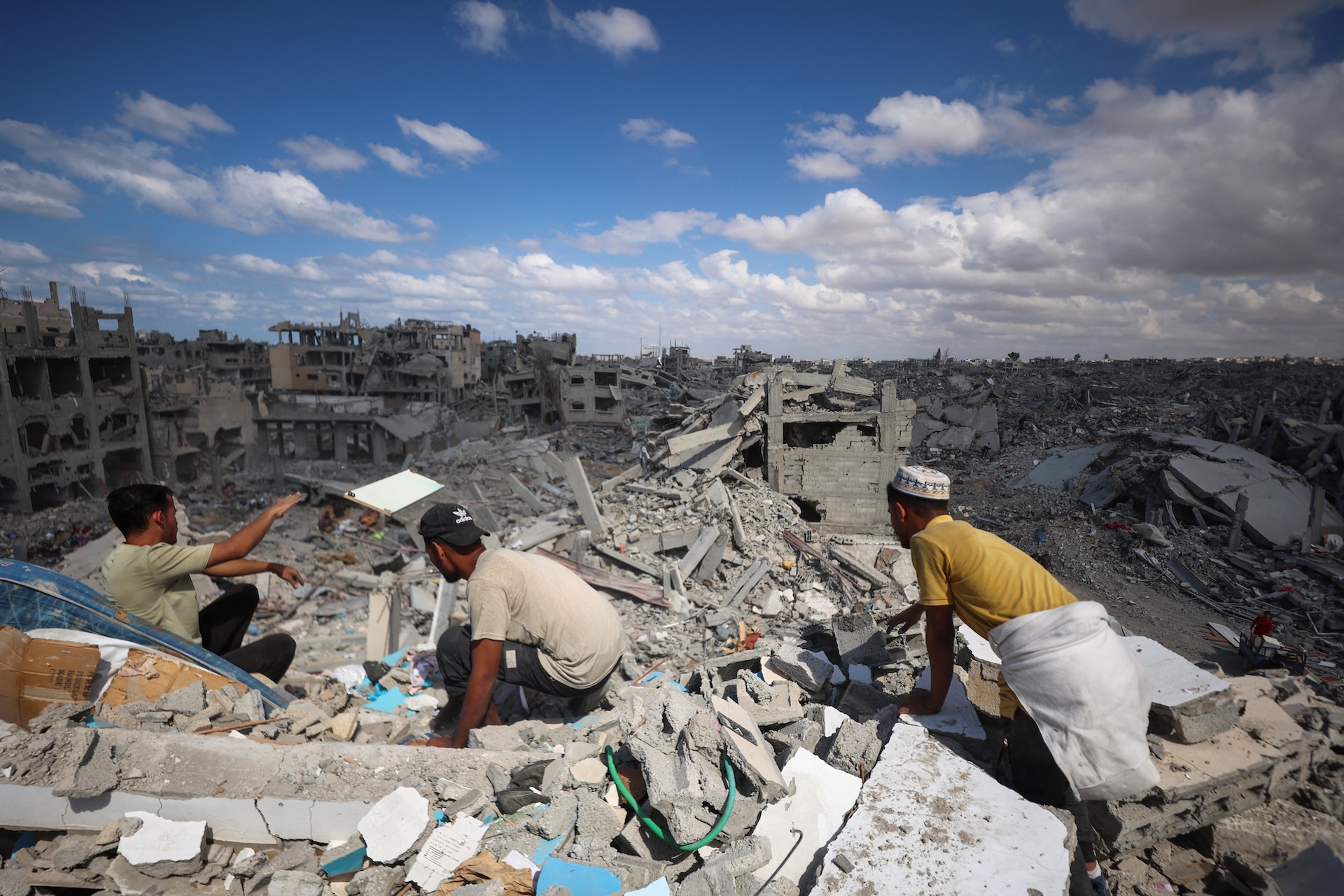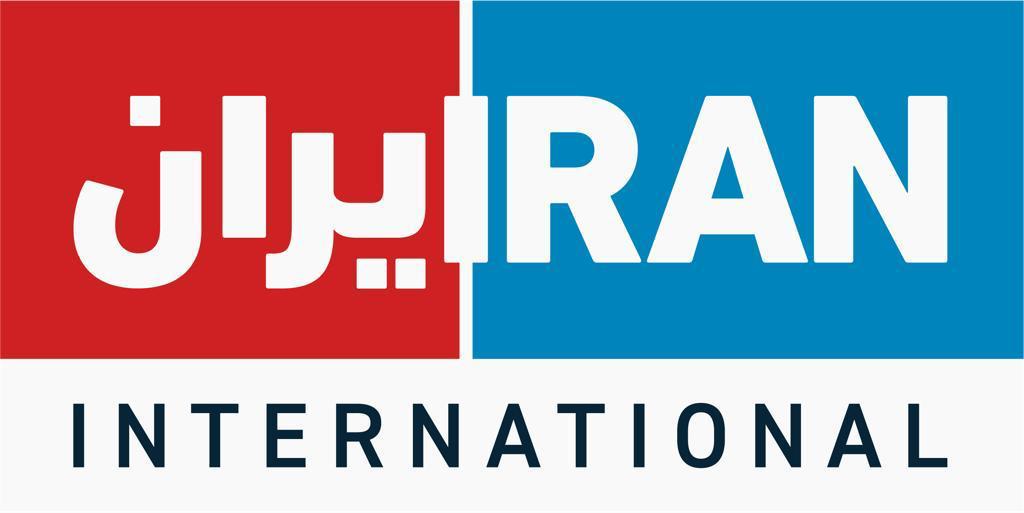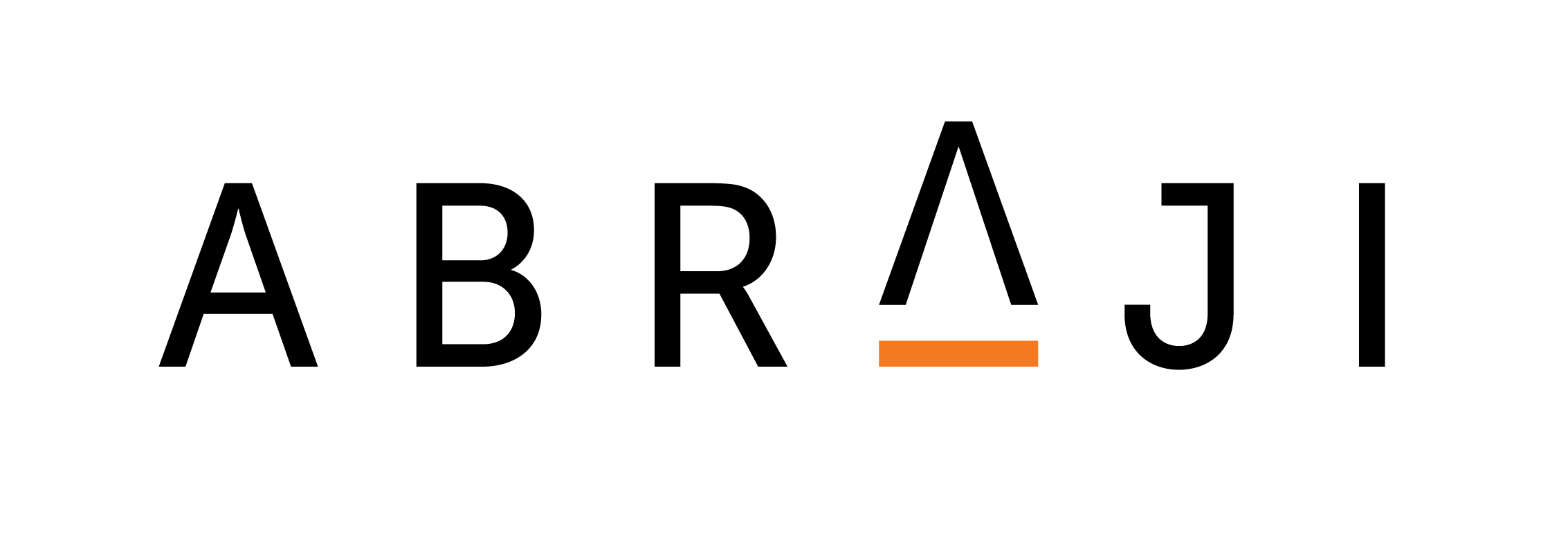Meticulous medical preparation is more important than ever for anyone entering Gaza and can make the difference between resilience and crisis. As journalists prepare to deploy to Gaza, a zone both high-risk and medically constrained, they must think far beyond logistics and accreditation. Medical readiness, vaccination, hygiene discipline and mental resilience are not optional extras – they are lifelines.
Teams should be entirely self-sufficient, carrying comprehensive medical supplies and knowing their evacuation routes. Above all, they must not rely on local infrastructure for support.
Preparation and Awareness
The healthcare infrastructure inside Gaza is uncertain. Hospitals have been heavily damaged and there will almost certainly be severe shortages of medicines, safe water, infection-control materials and clinical care. The rate of watery diarrhoea is alarmingly high – currently accounting for 37 per cent of all health-related morbidity – and reliable onward medical care is limited.
The overriding goal is prevention, self-sufficiency and readiness for evacuation. Anyone deployed must be equipped to care for themselves and others, and to plan their exit if things go wrong.
Security and health risks often overlap. Most established news teams have professional security advisers, whose expertise should be trusted. No one should attempt to enter Gaza alone; freelancers must ensure proper organisational support. Preparation must address both predictable and emerging risks.
Environmental and Safety Risks
The physical dangers are extensive: violence, unrest, debris, unexploded ordnance and unsafe roads are all hazards. Yet common dangers such as poor driving should not be ignored simply because the larger threats dominate attention.
While the heat is moderate at this time of year, the destruction itself brings environmental hazards. Dust and asbestos were raised as possible concerns. According to UN and NGO sources, asbestos is not thought to be a major issue, but people should still avoid damaged or dusty buildings. Where there are concerns about dust exposure, FFP3 respirators – such as those used during Covid – offer sufficient protection. The safest approach is to remain outdoors and away from rubble.
Medical Readiness and Preventive Preparation
Deployments of this nature demand full medical fitness to travel. Chronic conditions such as hypertension or kidney stones must be controlled. These do not necessarily preclude travel but can become serious if left unmanaged. A dental check before deployment is a much-neglected precaution – dental problems are among the commonest health issues that may arise. Journalists must carry enough of their regular medication to last beyond their planned stay, in case they become stranded, and should not rely on finding replacements locally.
Mental health needs equal attention. Teams should discuss coping strategies and recognise how past trauma or stress might resurface. Organisations should ensure appropriate psychological support.
Every team member must know what to do in case of medical evacuation – where to go, how to get there, and what facilities exist. Reliable care is available in Israel, and in Egypt once in Cairo.
Vaccination and Immunisation
Anyone entering Gaza should already be fully vaccinated for global deployment. Key vaccines include:
- Tetanus, Diphtheria and Polio: Polio has re-emerged in Gaza due to vaccine-derived strains from earlier oral vaccines. The injectable version, combined with tetanus and diphtheria, should be kept up to date (booster every ten years).
- Hepatitis A and Typhoid: Both are serious risks when hygiene breaks down. Typhoid protection lasts about three years; two doses of Hepatitis A provide at least 25 years’ protection.
- Hepatitis B: Recommended for anyone who might require medical treatment in poor sanitary conditions.
- Rabies: Street dogs are present. Pre-exposure vaccination (three doses) simplifies treatment if bitten. The standard schedule spans three weeks (days 0, 7, 21), though it can be compressed into a week, or four doses given in one day for partial protection. A single dose, though not ideal, still offers some benefit. Once the initial course is completed, boosters are not required; immunity can be reactivated after a bite if necessary.
- Influenza and COVID-19: Both are rising across Europe. Vaccination reduces confusion when diagnosing fevers in the field and protects productivity.
- Meningococcal Meningitis: Small outbreaks have occurred; vaccination is advisable.
- Cholera: Not currently reported in Gaza but worthwhile, as it also protects against some E. coli-related diarrhoeal infections.
- MMR (Measles, Mumps, Rubella): Should be up to date. Measles outbreaks have occurred in both Gaza and Israel during lapses in vaccination coverage.
Those working regularly in the field should maintain full vaccination status rather than waiting for deployment.
If vaccination records are missing, repeating vaccines poses no medical risk, though it may be unnecessary. It is best to trace records through previous family doctor’s clinics or travel centres to avoid duplication and cost. Good record-keeping is essential.
Key Disease Risks
With hygiene systems collapsing, diarrhoeal disease is the most likely medical issue. Locals develop partial immunity over time, but newcomers are highly susceptible – much like children encountering new pathogens. Illnesses range from mild to severe dehydration requiring intravenous fluids.
Food- and water-borne diseases such as Hepatitis A, Hepatitis E, Typhoid and Polio remain significant threats. Respiratory infections – including flu, COVID and meningitis – increase with crowding.
Animal bites and stings are another risk: dogs, scorpions and occasional snakes. Malaria is not a concern, but Leishmaniasis (from sandflies) occurs regionally and requires vigilance. Brucellosis from unpasteurised milk is possible but rare.
West Nile virus and Rift Valley fever exist at low levels. Covering skin, using repellents and sleeping under mosquito nets, where possible, can reduce insect exposure by up to 90 per cent. Even partial adherence significantly lowers risk.
Questions are sometimes raised about disease risk from unrecovered bodies in rubble, particularly if the weather turns damp. There is no significant disease-transmission risk in such cases. The concern is psychological and sensory rather than infectious. Maintaining good hand hygiene and avoiding skin contact is sufficient.
Water and Food Safety
Water safety is paramount. The safest hierarchy is boiled, chlorinated or filtered – in that order. Boiling remains the gold standard, achievable through hot drinks if constant boiling is impractical.
Carbonated bottled water is another reliable option: the carbonic acid acts as a mild steriliser and the intact seal provides proof of safety.
Chlorine tablets are now the best available purification method in the EU, as iodine tablets are no longer authorised. Filtration bottles – such as silver-based or combined filter-silver systems (e.g. Katadyn) – are helpful but may clog in heavily contaminated water. All chemical methods lose effectiveness in cloudy water, so pre-filtering is recommended.
Boiling therefore remains the most dependable method, even if achieved indirectly through hot beverages. If not possible, filtration systems are adequate and should be used. Perfection should not be the enemy of the good enough.
Food should always be cooked and eaten hot. Once cooled or left uncovered, it can be re-contaminated. Alcohol gels or disinfectant wipes should be used before eating. When cooked food is unreliable, sealed or packaged options – ration packs, tins, biscuits or dry goods – should be brought from outside.
Managing Diarrhoea and Vomiting
Symptoms can be classified as mild, moderate or severe. For mild to moderate illness, oral rehydration salts (ORS) are essential; the correct sugar-salt ratio accelerates water absorption.
If vomiting prevents fluid intake, Ondansetron can control nausea; it can even be crushed and absorbed through the mouth if swallowing is difficult. Loperamide (Imodium) slows diarrhoea when taken after each movement.
For severe cases – with fever, blood in the stool or incapacity – Azithromycin is recommended. It can be taken as a single large dose (three tablets) or spread over three days. It acts rapidly but will not cover viral causes such as Norovirus. Nevertheless, many infections involve multiple pathogens, so antibiotic treatment often helps even without a confirmed diagnosis.
Testing of returning travellers shows that around 20 per cent of diarrhoeal cases involve more than one infectious agent, reinforcing the need for broad management.
In extreme conditions, Rifaximin may be prescribed preventatively for short periods. It prevents most bacterial diarrhoeas but not viral infections and is reserved for exceptional, high-risk deployments.
Mental Health
Mental health is an integral part of preparation. Open discussion of trauma and stress is becoming the norm across news organisations, which increasingly offer structured psychological support. Addressing these issues early reduces the risk of later breakdown or unprocessed distress.
Self-Sufficiency and Medical Kits
Journalists must be self-sufficient and avoid adding to the burden on local health services.
Each person should carry a complete medical kit, including oral rehydration solutions, anti-nausea and anti-diarrhoea medication, antibiotics, antiseptics, painkillers, antacids, antihistamines and creams for rashes or infections. Routine personal medicines must be included in adequate quantities. Even minor ailments can become major obstacles when pharmacies are inaccessible, or labels are in another language.
Teams should bring multiple kits if several people are travelling. Ration packs and safe-water systems help avoid food poisoning. Planning must also include an evacuation route and regional points of care (Israel or Cairo).
Common Questions
Availability of Vaccines and Medicines
Teams deploying from the UAE will find good baseline medical care, though travel medicine there is less developed. The Fleet Street Clinic and my contacts can assist in securing vaccines. Within Gaza itself, nothing should be relied upon locally. NGOs advise against drawing on scarce supplies needed by residents.
Medication Restrictions and Border Issues
Israel maintains well-regulated access to prescription drugs; Egypt offers more flexibility but with variable standards. Medicines such as Azithromycin and Rifaximin can be ordered through professional medical suppliers – including the Fleet Street Clinic – which prepare deployment kits. Each kit typically treats one person for one episode, so teams should multiply supplies according to size and duration.
Israel imposes no notable restrictions on medicines carried with proper documentation. Egypt, however, has strict rules against opiates and codeine-based painkillers. Pain management should rely on paracetamol or non-steroidal anti-inflammatories such as ibuprofen.
At the Gaza border, medications should appear as part of a properly labelled medical kit with supporting paperwork, not loose tablets.
For follow-up queries: [email protected]




























































